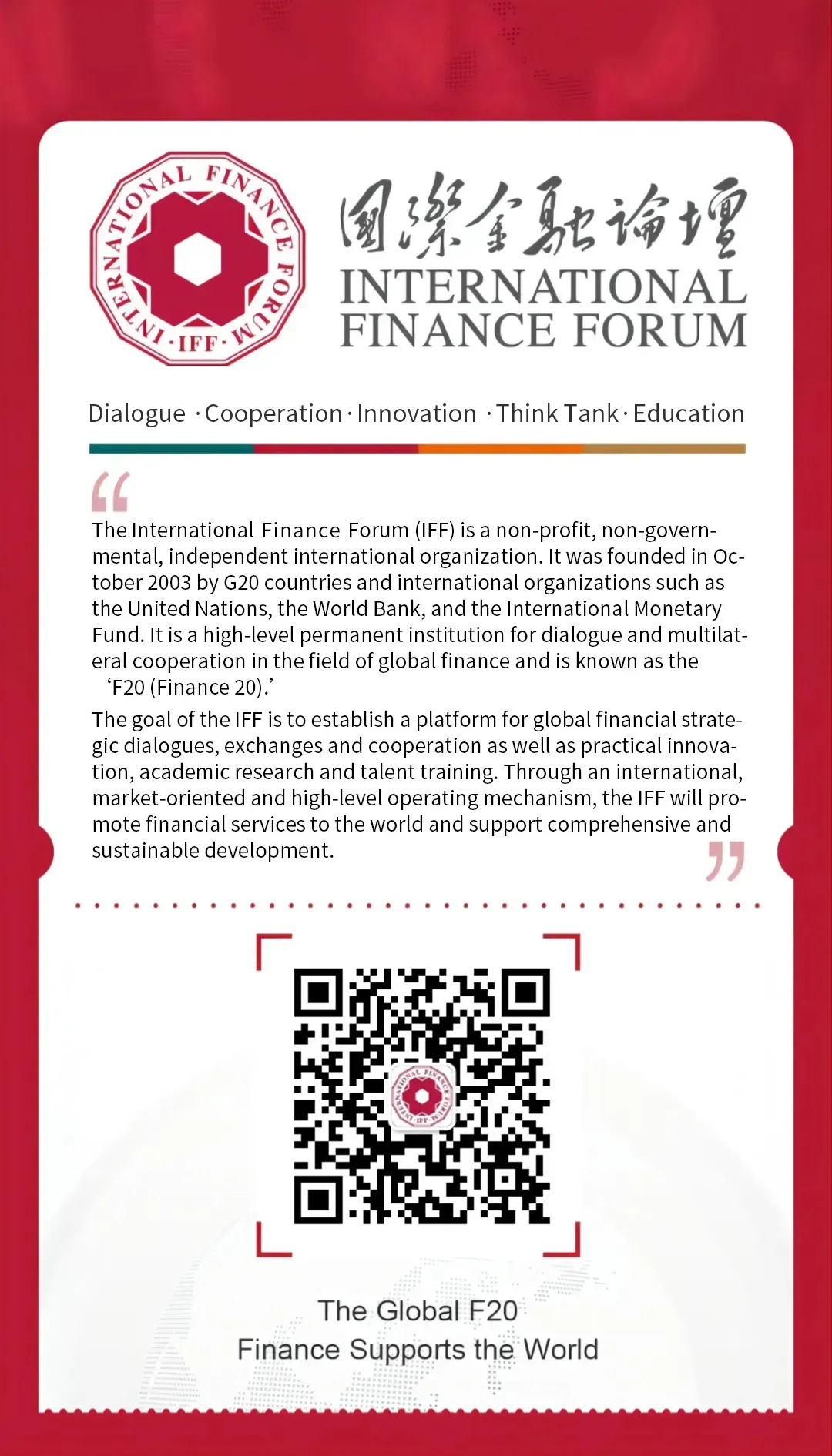HOME>NEWS CENTER>Newsletters
IFF Newsletter | China & Global Economic Highlights
TIME:2025-06-06
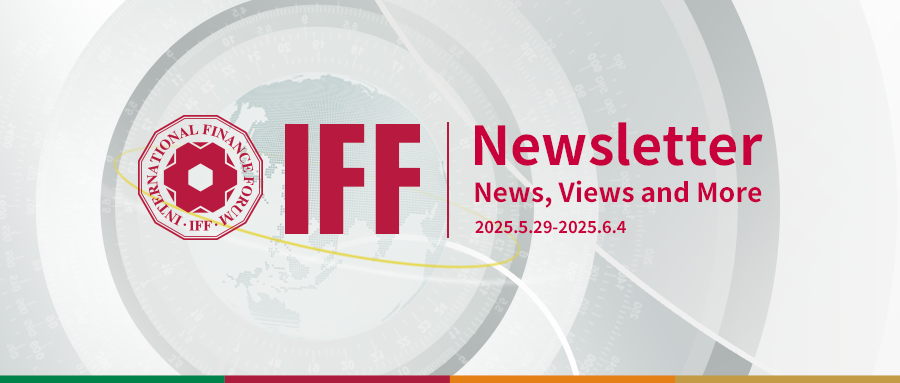
From the Editor
The Chinese manufacturing purchasing managers' index (PMI) rose to 49.5 last month, up from 49 in April, according to data released by the National Bureau of Statistics on May 31, . The figures stood at 50.5 in March and 50.2 in February. A reading below 50 signals contraction in the sector.
NBS data also showed that the non-manufacturing PMI dipped to 50.3 in May, down slightly from 50.4 in the previous month. Meanwhile, the composite PMI output index—a gauge combining the manufacturing PMI's production sub-index and the non-manufacturing PMI—edged up to 50.4 from 50.2, staying in expansion territory since January 2023.
The global GDP growth is expected to decelerate from 3.3 percent in 2024 to 2.9 percent for both this year and the next, according to the latest report released by the Organization for Economic Cooperation and Development (OECD) on June 3.
In its Economic Outlook, the OECD revised downward its global growth projection, basing it on a technical assumption that existing tariff rates as of mid-May will stay unchanged notwithstanding ongoing legal disputes.

The 2nd Sci-Tech Finance Dialogue of the International Finance Forum (IFF) — Hubei-Hong Kong Cooperation & Integration, and the WHIIID Hong Kong Tech Innovation Hive Collabration Forum, is scheduled to be held on June 5, 2025, in Wuhan, Hubei Province.
This summit will focus on strengthening technological and financial collaboration between Hubei and Hong Kong. It aims to help technology-driven enterprises in Central China better understand key aspects of entering the Hong Kong market, including legal frameworks, financial planning, and human resources management. The event will also explore how Hong Kong can serve as a strategic gateway for Chinese innovation-driven companies to expand globally. Furthermore, it seeks to introduce mainland companies to Hong Kong’s capital markets and financial services, creating new IPO opportunities from Central China for Hong Kong’s financial ecosystem.
China News
China's Consumer Goods Trade-in Program Spurs 1.1 Trillion Yuan in Sales
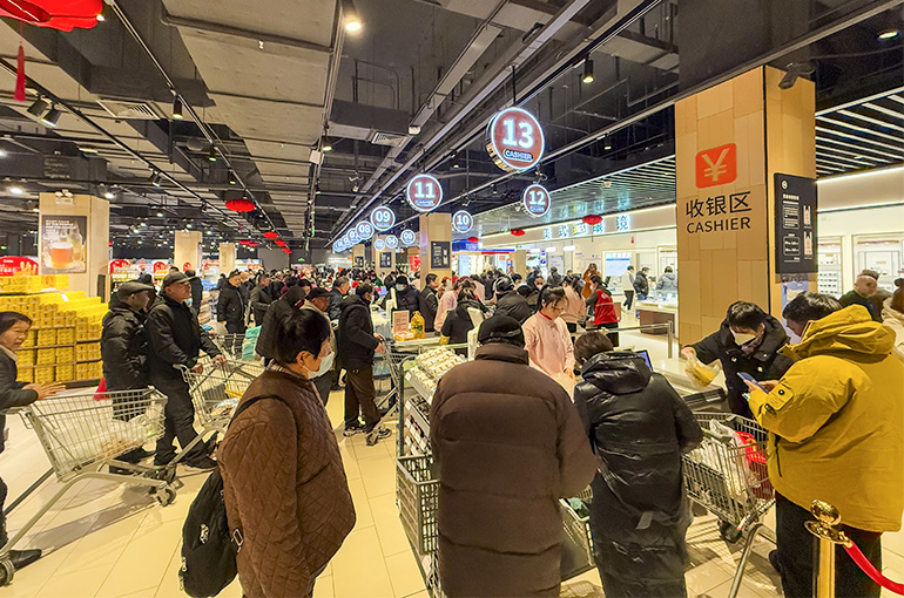
China's consumer goods trade-in program has generated 1.1 trillion yuan (about 153.1 billion U.S. dollars) in sales in the first five months this year, the Ministry of Commerce said on June 1.
As of May 31, nationwide trade-ins had fueled a surge in transactions, including 4.12 million vehicles, 77.62 million units of household appliances and 56.63 million units of digital products -- such as mobile phones, among others, data from the ministry showed.
The program, part of China's broader efforts to spur domestic demand, has boosted a sustained recovery in the country's consumer spending, according to the ministry.
Retail sales of consumer goods, a major indicator of the country's consumption strength, rose 4.7 percent year on year in the first four months of 2025, accelerating from the 4.6-percent growth recorded in the first quarter of the year, official data revealed.
China's Factory Activity Contracts for Second Straight Month Amid Modest Uptick, Official PMI Shows
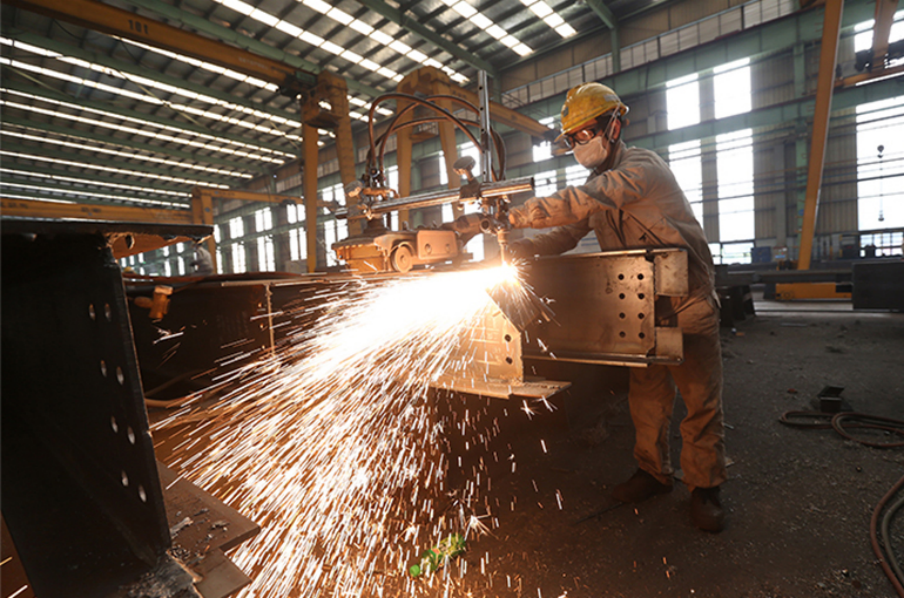
The Chinese manufacturing purchasing managers' index came in at 49.5 last month, up from 49 in April, according to data released by the National Bureau of Statistics on May 31. The figure was 50.5 in March and 50.2 in February. A reading below 50 indicates contraction.
The non-manufacturing PMI fell to 50.3 from 50.4 in May from the previous month, data from the NBS also showed. The composite PMI output index, which combines the production sub-index of the manufacturing PMI and the non-manufacturing PMI, climbed to 50.4 from 50.2, remaining in expansion territory since January 2023.
China's Auto Industry Association Warns Against Destructive "Involution" in NEV Market

The China Association of Automobile Manufacturers (CAAM) on May 31 announced an industry-wide initiative urging automakers to avoid disorderly competition in the country's booming new energy vehicle (NEV) market.
Continuous investment is essential to ensure product support and drive innovation, yet disorderly price wars are severely disrupting business operations, threatening the stability of industrial and supply chains, and dragging the sector into a vicious cycle, the CAAM said.
Such price wars, the association warned, are squeezing profit margins, undermining service quality, and putting the industry's development at risk. They also endanger consumer rights and could lead to broader safety issues.
All companies should strictly adhere to the principles of fair competition, while leading enterprises should not seek to squeeze the space of other players for the purpose of gaining monopoly, the CAAM continued.
Apart from lawful price adjustments, firms must not sell their products below cost, engage in deceptive marketing practices, or disrupt market order in ways that harm the fundamental interests of the industry and consumers, according to the CAAM.
China's Int'l Trade in Goods, Services Value up 6 Pct in April

The value of China's international trade in goods and services reached 4.37 trillion yuan (606.8 billion U.S. dollars) in April, an increase of 6 percent year on year, official data showed on May 30.
In U.S. dollar terms, the country's exports of goods and services amounted to 326.5 billion U.S. dollars, while imports totaled 280.3 billion U.S. dollars, resulting in a surplus of 46.2 billion U.S. dollars, according to data from the State Administration of Foreign Exchange.
Of the total, the export value of goods reached 2.1 trillion yuan and the import value stood at 1.65 trillion yuan -- which meant a surplus of 446.4 billion yuan. The export value of services reached 250.5 billion yuan while the import value of services was 364.4 billion yuan in April, resulting in a deficit of 113.8 billion yuan.
Value of China's Core AI Industry Nears 600 Bln Yuan

China has built a relatively comprehensive artificial intelligence (AI) industrial system, with the value of its core sector nearing 600 billion yuan (about 83.45 billion U.S. dollars) by April 2025, the National Development and Reform Commission (NDRC) announced on May 29.
These details were included in an introduction to China's AI development delivered by NDRC official Huang Ru at the China-Shanghai Cooperation Organization (SCO) Artificial Intelligence Cooperation Forum, which was held in north China's Tianjin Municipality on May 29.
Huang highlighted that China's AI patent applications have surpassed 1.5 million in number, accounting for nearly 40 percent of the global total.
China has made holistic advancements in AI development, fostering a thriving AI industrial ecosystem. The country now hosts over 400 "little giant" firms -- specialized small and medium-sized enterprises that excel in niche AI markets, including AI innovator DeepSeek.
China stands ready to collaborate with other SCO member states to consistently uphold the "Shanghai Spirit" and enhance joint efforts to promote the beneficial, secure and equitable development of AI, Huang added.
China's Ecology Ministry to Set Up 100 New Key Labs in Eight Research Fields by 2035
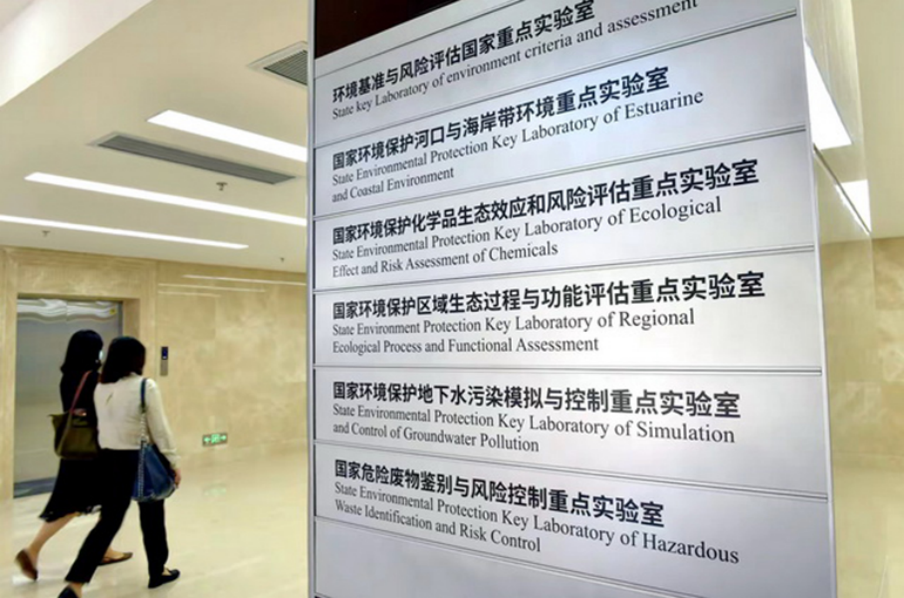
The Ministry of Ecology and Environment of China on May 29 announced that it planed to establish around 100 new key laboratories covering eight major research areas over the next ten years to enhance the country's environmental science and technology level.
The new labs will focus on improving air and water quality, resource utilization of solid waste and soil management, ecological protection and restoration supervision, environmental health and risk prevention, nuclear safety, synergistic reduction of pollution and carbon emissions, comprehensive ecological environment decision-making, and common foundational research, according to the MEE. The ministry encourages the participation of social capital in building the labs, it said.
The MEE has set up 40 key labs covering water, air, soil, ecology, nuclear safety, and environmental management as of the end of last year. In addition, 16 more are under construction, focusing on the Yangtze River basin and the health exposure assessment of new pollutants.
Regarding aligning with the technological needs for environmental management and governance, the new plan also highlights insufficient foresight in the strategic layout of key labs in priority areas, including scientific frontiers and disruptive technologies.
Newsletter
International News
OECD Sees Global GDP Growth Slowing to 2.9 Pct in 2025, 2026
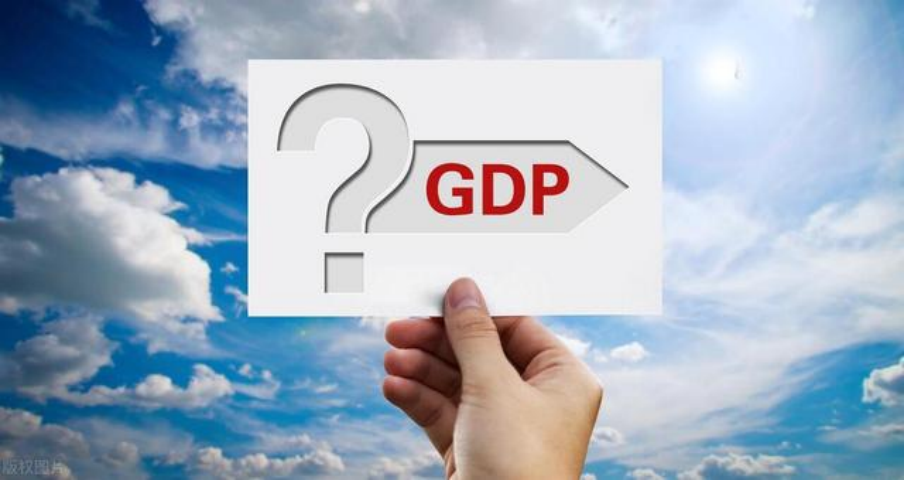
Global GDP growth is projected to slow from 3.3 percent in 2024 to 2.9 percent this year and the next year, the Organization for Economic Cooperation and Development (OECD) said on June 3.
In its latest Economic Outlook, the OECD revised down its global growth forecast, citing a technical assumption that existing tariff rates as of mid-May will remain in place, despite ongoing legal disputes.
The organization warned that if current trends persist -- such as rising trade barriers, tighter financial conditions, weakening business and consumer confidence and increased policy uncertainty -- they could significantly undermine global growth prospects.
The OECD projected that the U.S. economic growth will slow significantly to 1.6 percent in 2025 and 1.5 percent in 2026.
For the euro area, growth is forecast to reach 1 percent in 2025 and 1.2 percent in 2026, unchanged from previous estimates, as foreign demand gradually recovers.
US Factory Activity Slips Further as Trade Policies Weigh: ISM
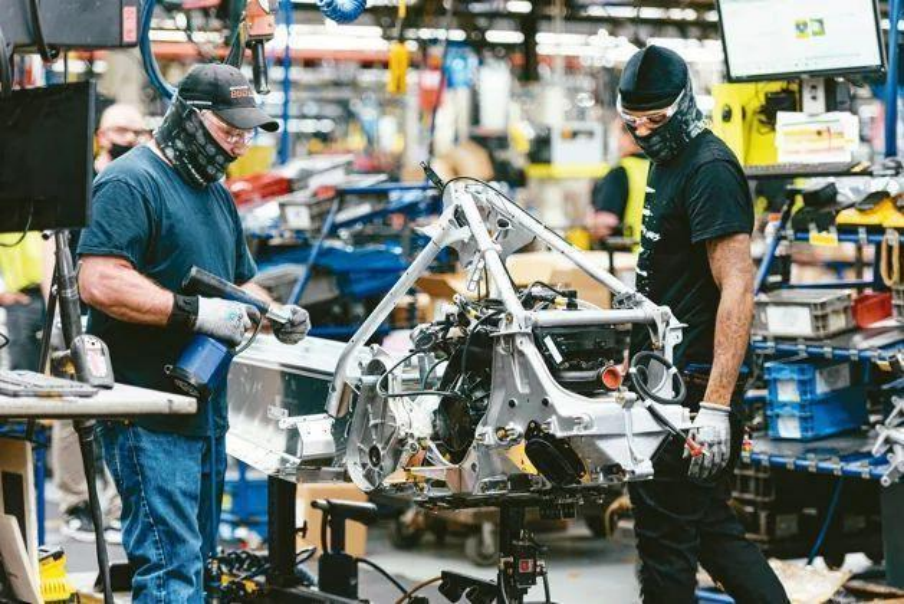
US purchasing managers' index of manufacturing activity fell to 48.5 in May, from 48.7 in April, reflecting persistent worries over the impact of the Trump administration's whipsawing trade policy, reflecting persistent worries over the impact of the Trump administration's whipsawing trade policy, according to the data releasde by the Institute for Supply Management (ISM) on June 2.
Measures of demand were mixed, said Susan Spence, chair of the ISM Manufacturing Business Survey Committee. New orders and backlog of orders indexes declined at slower rates than April, though customers' inventories and new export orders contracted more strongly.
Excluding the pandemic period, new export orders were at their lowest reading since 2009. The survey's measure of imports sank sharply for a second straight month. Price growth remained high, though moderated compared with April, while the survey's production index increased from an alarmingly low reading in the prior month, Spence said.
Britain's Manufacturing Sector Sustains Contraction in May
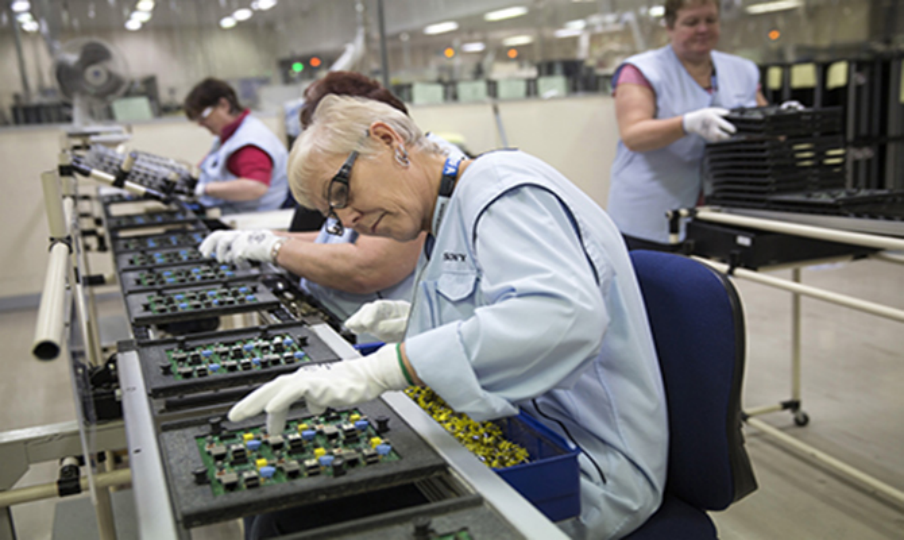
Britain's manufacturing sector continued the streak of contraction in May amid weak global market conditions, trade uncertainty and rising employment costs, data released by S&P Global showed on June 2.
The seasonally adjusted UK Manufacturing Purchasing Managers' Index (PMI) stood at 46.4 in May, up from 45.4 in April, S&P Global said, noting that the figure has nonetheless signalled a deterioration in operating performance in each of the past eight months.
The data further showed that the country's manufacturing production contracted for the 7th consecutive month in May, while new business volume decreasing for the 8th month, as demand for new work fell both domestically and overseas.
New export orders further dropped in May due to tariff uncertainty, government policy and global market turbulence, with foreign demand falling for the 40th successive month.
Business confidence remained subdued as manufacturers continued to raise concerns that turbulent trade conditions, the weak economic outlook and rising cost burdens will make market conditions tough during the year ahead.
EU Condemns US Steel Tariff Hike, Prepares Countermeasures

The European Commission (EC) on May 31 sharply criticized the United States' decision to raise tariffs on steel imports from 25 percent to 50 percent, warning that the move could prompt swift European retaliation.
"We strongly regret the announced increase," a Commission spokesperson said in an emailed statement, stating that the decision "adds further uncertainty to the global economy and increases costs for consumers and businesses on both sides of the Atlantic."
U.S. President Donald Trump announced on May 30 that he plans to double tariffs on steel and aluminum imports to 50 percent. In a post on his Truth Social platform, Trump said that the new rate would take effect on June 4.
The Commission said the U.S. action undermines ongoing efforts to reach a negotiated agreement. In April, the EU paused its own countermeasures to allow room for dialogue. However, it now signals a readiness to respond.
Canada's GDP Increases 0.1 Pct in March

Canada's real gross domestic product (GDP) by industry edged up 0.1 percent in March after contracting 0.2 percent in February, Statistics Canada said on May 30.
The goods-producing industries aggregate led the growth, driven by a rebound in the mining, quarrying, and oil and gas extraction and construction sectors in March, said the national statistical agency.
According to the agency, real GDP by industry continued expanding with 0.4 percent increase in the first quarter, following the same increase in the previous quarter. Goods-producing industries led the increase for the first time since the first quarter of 2022. Services-producing industries increased for the 19th consecutive quarter.
Advance information indicated that real GDP increased 0.1 percent in April, said Statistics Canada.
Germany's Unemployment Rate Dips Slightly, But Challenges Persist
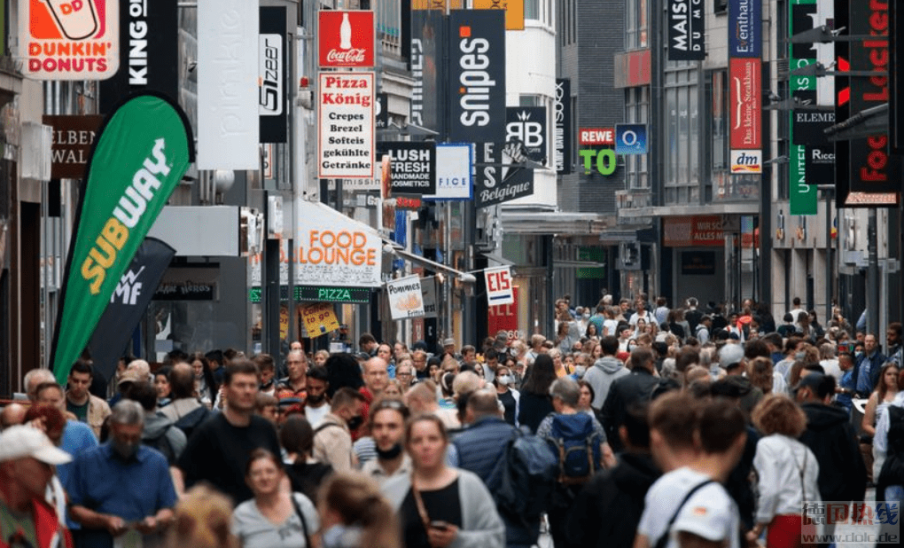
Germany's unemployment rate edged down to 6.2 percent in May, marking a 0.1 percentage point decline from the previous month, according to data released on May 28 by the Federal Employment Agency. Despite the modest improvement, officials cautioned that labor market conditions remain strained, with a difficult summer likely ahead.
The number of unemployed people fell by 12,000 compared to April, bringing the total to 2.919 million. However, the figure remains 197,000 higher, an increase of about 7 percent compared to May last year.
Germany is also grappling with a persistent shortage of skilled labor, with the agency reporting employment bottlenecks in roughly one in eight professions.
In May, employers reported 634,000 job vacancies, a decline of 67,000 compared to the same month in 2024, further underscoring the cooling trend in the labor market.
